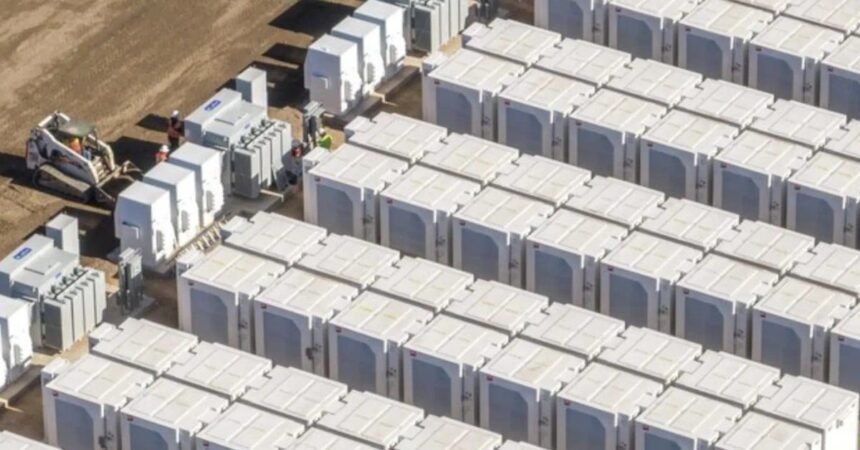The impact of tariffs on clean energy projects in the US is about to be felt, with energy storage taking the biggest hit, according to a new analysis from Wood Mackenzie.
In its recent report titled “All aboard the tariff coaster: implications for the US power industry,” Wood Mackenzie outlines the potential consequences of new tariffs on the power sector. The analysis suggests that utility-scale energy storage projects will be significantly affected, as many of these projects in the US currently rely on imported battery cells from China.
Chris Seiple, vice chairman of power and renewables at Wood Mackenzie, highlighted the disruptive nature of the uncertainty caused by fluctuating project costs. The firm modeled two scenarios: one where tariffs settle at an effective rate of 10% by 2026, and a more extreme scenario where the rate climbs to 30% and remains there through 2030. In both scenarios, energy storage projects face considerable cost increases.
Wood Mackenzie estimates that project costs for energy storage could rise anywhere from 12% to over 50%, depending on the scenario. This is primarily due to the fact that the majority of utility-scale battery cells used in the US are sourced from China. While domestic battery cell manufacturing capacity is expanding, it is not growing quickly enough to meet the demand for battery projects in the US.
The solar sector is also expected to feel the impact of tariffs, with existing tariffs and stringent interconnection rules already making solar builds more expensive in the US. Wood Mackenzie suggests that utility-scale solar projects could end up being 54% more expensive than in Europe and a staggering 85% pricier than new solar plants in China.
Overall, the current trade policies are making it more expensive to build clean energy projects in the US compared to other regions. The industry will have to prepare for increased uncertainty and higher costs in the future.
If you live in an area prone to natural disasters and are looking to make your home more resilient to power outages, considering going solar and adding a battery storage system could be a viable solution. EnergySage, a free service that helps homeowners go solar by connecting them with trusted and reliable solar installers, can assist in finding competitive pricing and high-quality solutions.
In conclusion, the impact of tariffs on clean energy projects in the US is significant, particularly for energy storage and solar projects. The industry will need to navigate through increased costs and uncertainty as a result of these trade policies.







